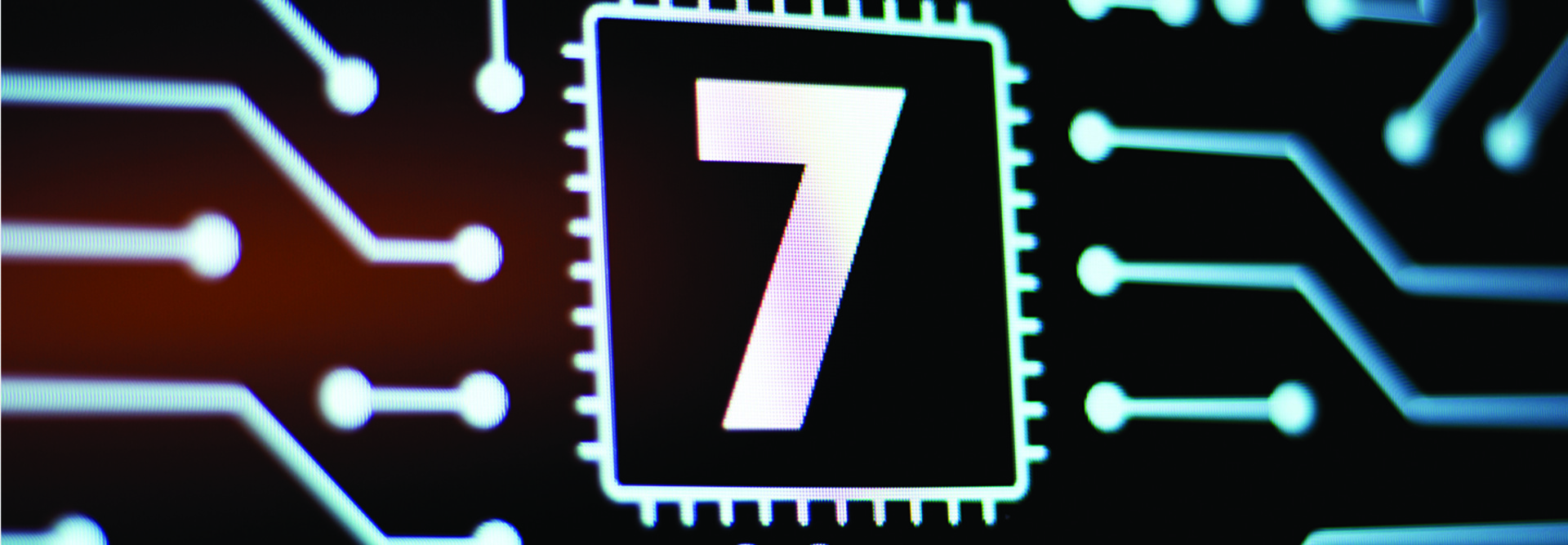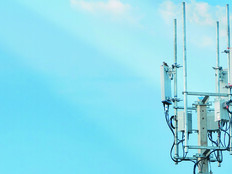Why Wi-Fi 7 Transitions Must Be Holistic
In addition to more throughput, Wi-Fi 7 affords agencies increased security as more employees work in the office. With faster speeds comes less coverage, and a survey can identify any gaps.
Agencies will probably want to go with multigigabit switches, which push higher speeds through copper.
Wi-Fi 7 APs also require more power, so agencies may need to upgrade their energy infrastructure.
All these considerations are best addressed with an industry partner at the outset of the modernization, so the technologies, vendors and pricing can be decided upon upfront.
DISCOVER: Big federal events often require temporary network expansion.
The Difference Between Wireless Health Checks and Surveys
Agencies should understand the difference between a wireless health check and a survey when considering Wi-Fi 7.
The former consists of basic questions about what the agency’s IT environment looks like and whether it’s looking for an in-office or remote setup. It establishes a baseline, inventories existing equipment, maps connections and identifies hardware that is at its end of life or in need of replacement.
A wireless survey generally requires the industry partner to conduct it onsite. CDW Government uses Echo software to set up an AP and generate a computer-aided design of all locations. A wireless heat map is then created that shows where the agency will get full wireless coverage versus where there will be problems with attenuation or interference.
REVIEW: HPE Aruba Networking Central gives agencies complete network control.
Once the survey is complete, CDW Government partners with the agency to run wire where APs will be mounted.
CDW Government generally recommends agencies go with Wi-Fi 7 over Wi-Fi 6E because it uses the same 6GHz band, but with increased bandwidth. That said, agencies that have seen their budgets or personnel downsized recently may understandably not be able to afford the newest hardware, and may prefer the Wi-Fi 6E option.
This article is part of FedTech’s CapITal blog series.











